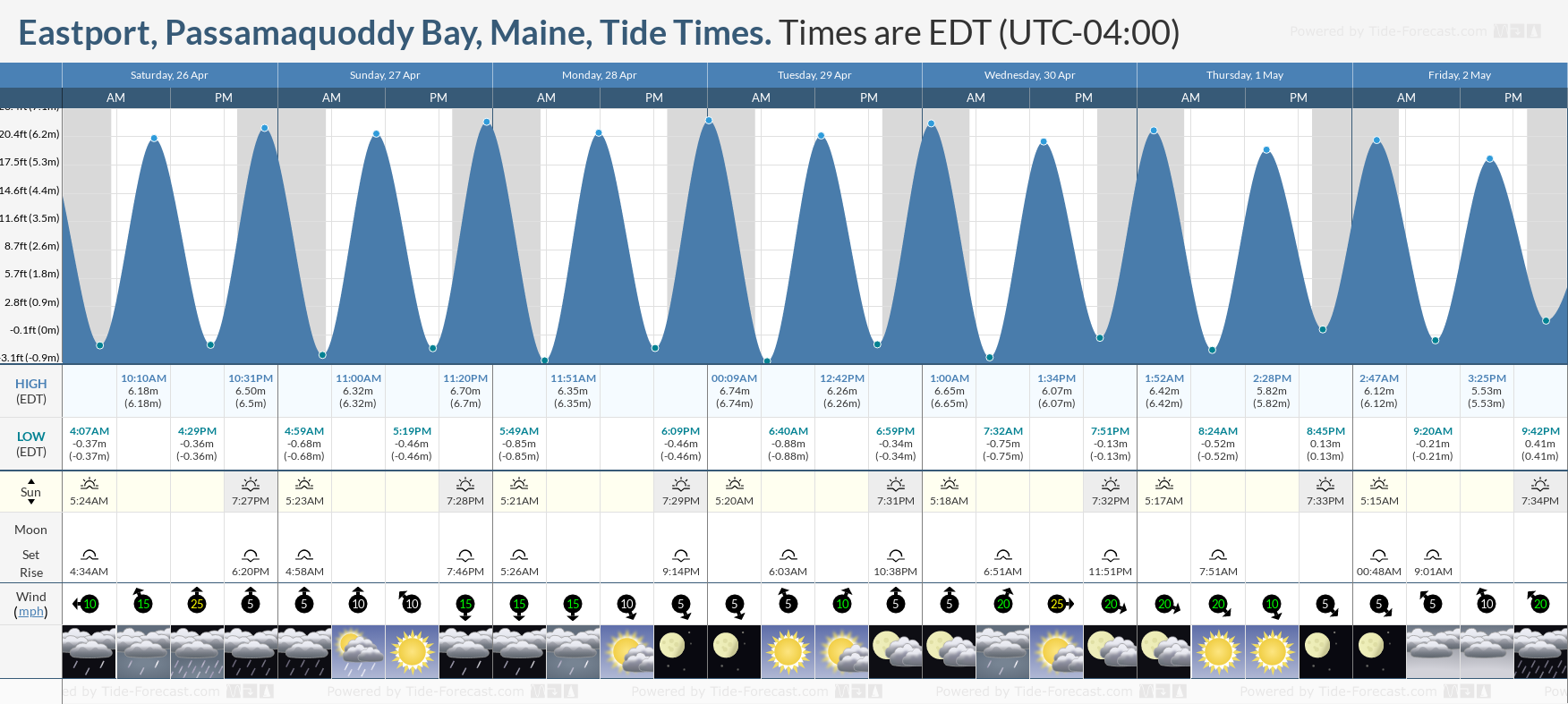
Where Tides Tell Tales: Exploring the Passamaquoddy Ancestral Tide Pools
Forget the standard tourist map. Forget the pre-packaged, superficial attraction. To truly understand and experience the intertidal zone along the rugged coast of what is now Maine and New Brunswick, one must set aside modern cartography and instead seek out the living, breathing knowledge system of the Passamaquoddy people. This is not merely a visit to a series of rock pools; it is an immersion into an ancestral landscape, guided by an understanding that spans millennia – the Passamaquoddy ancestral tide pool maps.
These "maps" are not etched on parchment or printed on glossy paper. They are woven into the fabric of oral tradition, embedded in the names of places, recited in stories, and demonstrated through generations of intimate observation and interaction with the bay. For the Passamaquoddy, or Peskotomuhkati as they call themselves, the intertidal zone is not just a liminal space between land and sea; it is a vital larder, a spiritual classroom, and a dynamic home. My journey into these ancestral tide pools was not just a scenic walk, but a profound lesson in ecological wisdom and cultural resilience.
The Living Cartography: What Are These Ancestral Maps?
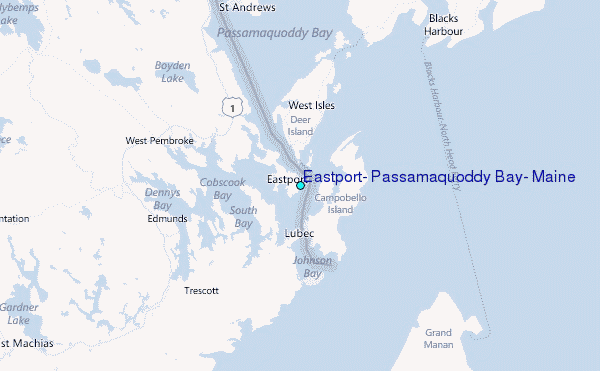
Imagine a map that shifts with the moon, breathes with the tides, and pulses with the life beneath its surface. This is the essence of the Passamaquoddy ancestral tide pool maps. They encompass:
- Ecological Knowledge: Deep understanding of specific tide pools, their unique ecosystems, the marine life they harbor (clams, mussels, periwinkles, crabs, starfish, sea urchins, various seaweeds), and their seasonal cycles. Which pools are rich in certain species? Where are the safest places to harvest?
- Tidal Rhythms and Currents: An intricate knowledge of the Bay of Fundy’s extreme tides – the highest in the world – and the powerful currents they generate. This includes understanding the ebb and flow, safe passage routes, and the best times for foraging or travel.
- Celestial Navigation: The moon’s phases directly influence the tides, and the stars guide movements across the water at night. This celestial connection is integral to their understanding of the intertidal world.
- Resource Management: A sustainable approach to harvesting, ensuring that resources are never depleted. This isn’t just about "leaving some for next time," but understanding the delicate balance of the ecosystem and respecting its inherent cycles.
- Spiritual Connection: Every rock, every creature, every wave holds spiritual significance. The tide pools are not just a source of food; they are a place of ceremony, reflection, and connection to the Creator and ancestors.
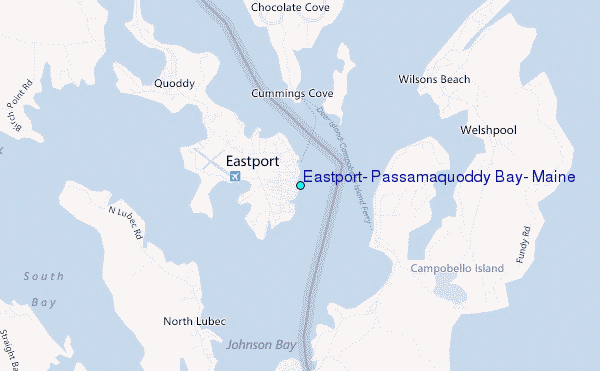
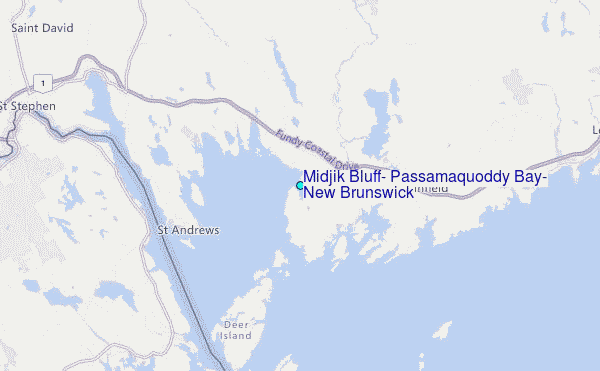
Visiting these areas without this contextual understanding is like reading a book with half the pages missing. The true beauty and depth are revealed when you begin to perceive the landscape through the eyes of those who have lived in harmony with it for thousands of years.
The Experience: Stepping onto Sacred Ground
My exploration began in an area within the Passamaquoddy ancestral territory, a stretch of coastline where the forest meets the sea in a dramatic clash of granite, spruce, and crashing waves. The air was crisp, carrying the unmistakable scent of salt and damp earth. As the tide began its retreat, exposing the rocky expanse of the intertidal zone, a new world unveiled itself.
The first thing that strikes you is the sheer scale of the tidal drop. What was minutes ago a turbulent expanse of water now becomes a labyrinth of seaweed-draped boulders, glistening sand, and countless depressions filled with the remnants of the ocean. Each of these depressions is a miniature ecosystem, a vibrant, temporary aquarium.
With guidance, not necessarily from a physical person but from the spirit of ancestral knowledge (gleaned through resources and respectful engagement with the community), my approach was one of quiet observation and deep respect. I moved slowly, carefully, my eyes scanning the water-filled crevices.
- Sight: The colors were astounding – emerald green sea lettuce, rust-red Irish moss, brilliant orange sea stars clinging to barnacle-encrusted rocks. Anemones, like alien flowers, unfurled their delicate tentacles, waiting for an unsuspecting meal. Tiny hermit crabs scuttled across the sandy bottoms, while larger rock crabs peered cautiously from beneath ledges. The sunlight, dappling through the clear water, illuminated a world of unimaginable biodiversity.
- Sound: The dominant sound was the rhythmic roar of the distant waves breaking further out, a constant reminder of the ocean’s power. Closer in, there was the gentle gurgle of water receding, the occasional cry of a gull, and the faint, almost imperceptible clicking of unseen creatures.
- Touch: Reaching a cautious hand into a tide pool, the water was shockingly cold, a testament to the North Atlantic. The rocks underfoot were rough and often slippery with algae, demanding careful navigation – another subtle lesson in the landscape’s demands.
- Smell: The air was thick with the clean, briny scent of the ocean, mingled with the earthy aroma of exposed seaweed. It’s a smell that instantly grounds you, connecting you to the wildness of the coast.
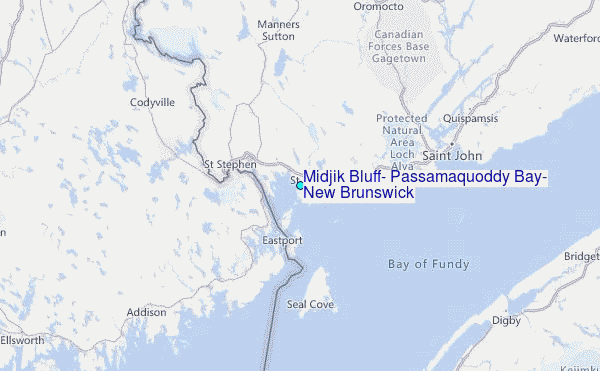
Each tide pool told its own story. Some were shallow, sun-warmed nurseries for tiny fish and plankton. Others were deep, shadowy caverns, home to larger, more elusive creatures. The ancestral maps, though unseen, whispered the secrets of these places: Here, the mussels are plump after the spring thaw. There, the rock cod shelter in winter. This channel offers a swift, but dangerous, passage if the current is strong. This knowledge transforms a simple visual appreciation into a profound understanding of ecological interconnectedness.
Beyond Observation: Learning and Respect
To visit the Passamaquoddy ancestral tide pools is not just about ticking off a bucket list item; it is an invitation to learn and participate in a deeper conversation. This involves:
- Seeking Indigenous Voices: Whenever possible, seek out opportunities to learn directly from Passamaquoddy community members. Local cultural centers, museums, or even informal conversations can offer invaluable insights into their relationship with the land and sea. Their perspectives transform the experience from mere tourism into genuine cultural exchange.
- Practicing "Leave No Trace" to the Extreme: This means not just packing out your trash, but also refraining from disturbing any marine life, picking up shells (which provide homes for other creatures), or moving rocks. The ancestral ethic is one of minimal impact and maximum respect for the delicate balance. Every action, no matter how small, has a ripple effect.
- Understanding the History: The Passamaquoddy people have endured centuries of colonization, yet their connection to this land and water remains unbroken. Acknowledging this history, and their ongoing stewardship, is a crucial part of the visit. This is not just a scenic spot; it is ancestral territory, a place of immense cultural significance.
- Supporting Local Indigenous Economies: If you find opportunities to purchase Passamaquoddy crafts, art, or support their businesses, do so. This directly contributes to the community’s well-being and helps preserve their cultural heritage.
Practical Considerations for the Conscious Traveler
- Timing is Everything: Consult tide charts meticulously. The tide pools are only accessible at low tide, and the window for exploration can be surprisingly short due to the rapid tidal changes in the Bay of Fundy. Plan to arrive as the tide is nearing its lowest point and give yourself ample time to safely return before it starts to come back in.
- Footwear: Sturdy, waterproof, non-slip footwear is non-negotiable. The rocks are often slick with algae, and sharp shells can be hidden.
- Layers: Coastal weather is famously unpredictable. Bring layers to adapt to changing temperatures, wind, and potential rain.
- Camera: A waterproof camera or phone case is highly recommended for capturing the stunning marine life.
- Binoculars: Great for observing distant seabirds or features along the coastline.
- Respectful Curiosity: Bring an open mind and a respectful attitude. Be prepared to be amazed, to learn, and to be humbled by the resilience of both nature and culture.
Beyond the Tide Pools: A Holistic Journey
While the tide pools are a focal point, the Passamaquoddy ancestral territory offers a wealth of other experiences that reinforce the connection to land and water. Explore coastal hiking trails that weave through ancient forests, offering panoramic views of the bay. Visit local museums or cultural centers that tell the story of the Wabanaki Confederacy. Engage with local communities, Indigenous and non-Indigenous, who share a love for this unique region.
The experience of the Passamaquoddy ancestral tide pools is more than just a visual feast; it is an invitation to perceive the world differently. It teaches patience, observation, and a profound respect for the intricate web of life. It reminds us that maps are not just lines on a page, but living stories, passed down through generations, guiding us not just to a destination, but to a deeper understanding of our place within the natural world.
To walk these shores is to walk in the footsteps of ancestors, to listen to the whispers of the tides, and to glimpse a wisdom that modern society often forgets. It is a journey that will stay with you long after the tide has risen again, leaving an indelible mark on your understanding of nature, culture, and the enduring power of ancestral knowledge. It’s not just a visit; it’s a revelation.
